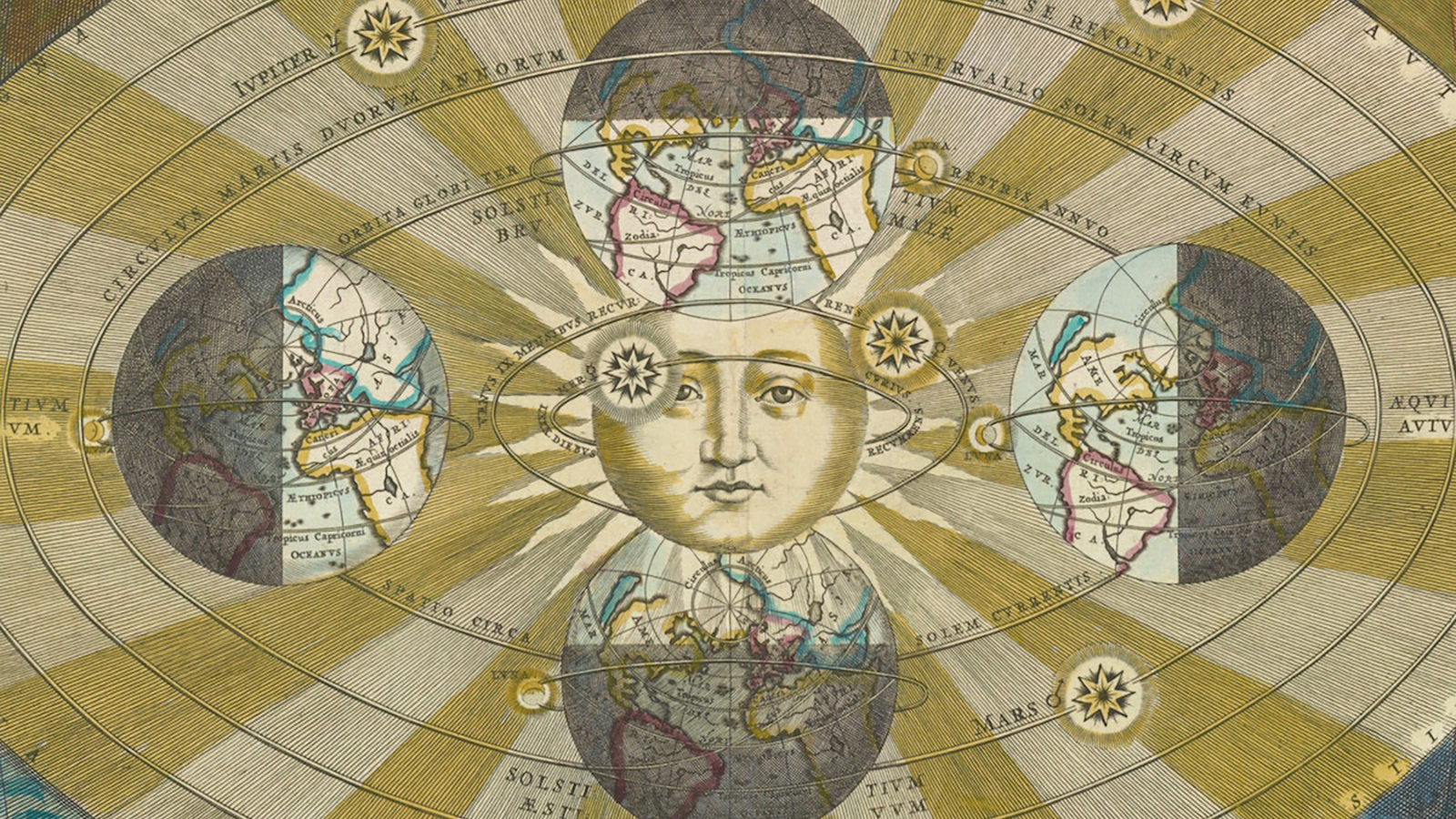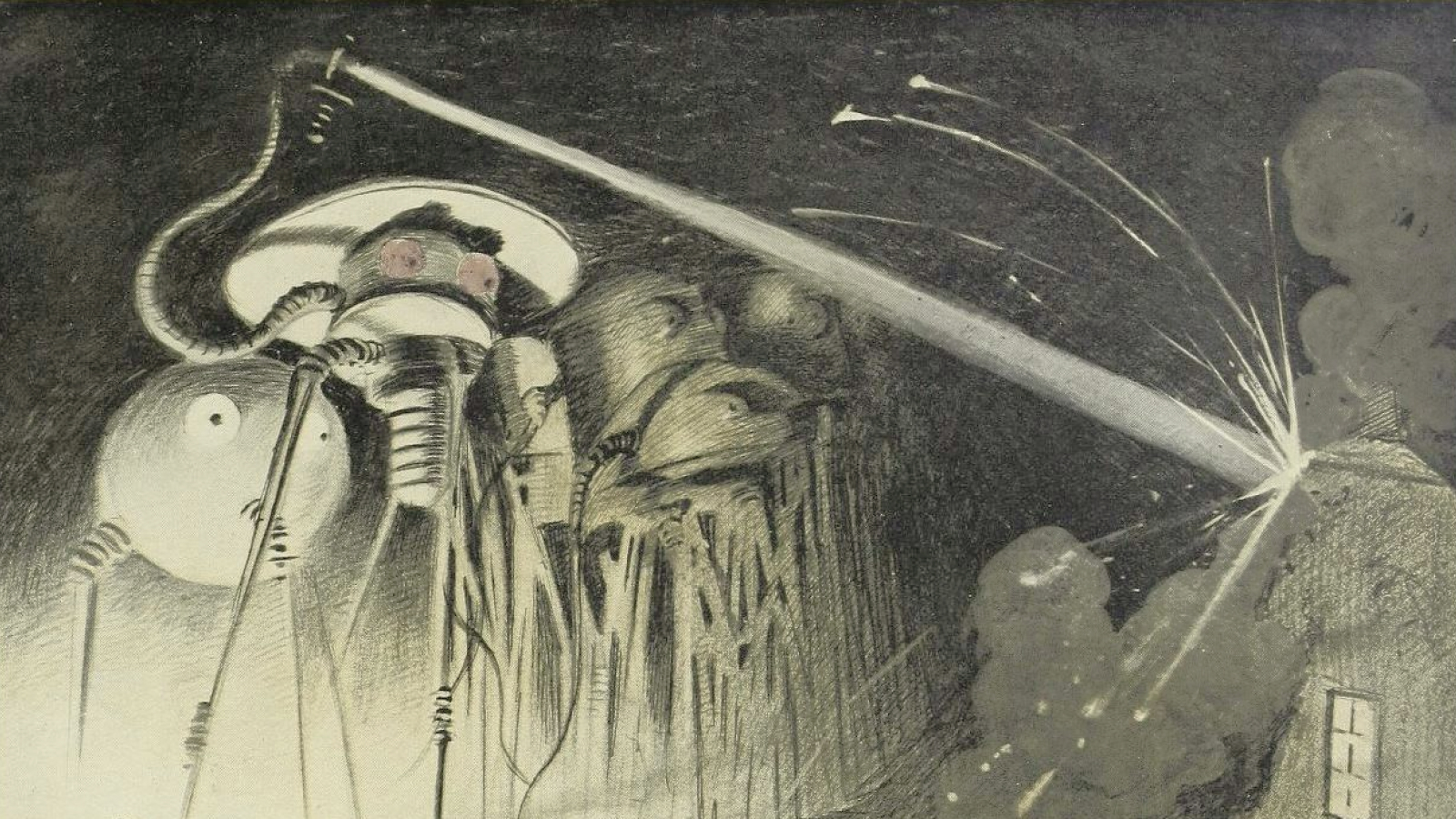Biology’s unsolved chicken-or-egg problem: Where did life come from?

- Many scientists who study the origin of life believe that RNA came first because some of these molecules can do double-duty and act like proteins.
- The “protein first” hypothesis answers two mysteries at once: (1) how biology arose from prebiotic chemistry and (2) how Darwinian evolution got started.
- Rather than genes using proteins to make new genes, we believe that proteins use genes to make new proteins.
Biology has a chicken-or-egg problem. Two types of molecules are essential for life. Cells contain protein molecules, which perform most of the biochemical and physical functions. Cells also contain DNA and RNA molecules, which carry the blueprint information for making more cells. When life first arose on Earth 3.5 billion years ago, which came first: function or information? It’s a major unsolved problem of how biology arose from prebiotic chemistry.
Some people think that life first got started — call it “Day One” — from RNA, because some RNA molecules can do double-duty and act like proteins. But, we believe proteins came first. The proteins-first perspective helps to solve another major mystery: Where did Darwinian evolution come from? We want to know not only what form of matter arose on Day One, but also why that matter would persist and adapt and go forward into Day Two, Day Three, and beyond.
Darwinian evolution is biology’s planet-wide unrelenting drive to adapt, innovate, and change. Through survival of the fittest, organisms compete to win resources, beget other organisms, and adapt to their environments. Ever since Charles Darwin 160 years ago, we know much about how evolution works, but we have no idea how it got started. Evolution must have had a beginning. It is not a universal law, like the principles of physics or chemistry, which have operated since the beginning of the Universe. As far as we know, evolution has only been running since biology first arose about 3.5 billion years ago, a billion years after earth was formed.
Why proteins came first
Why would proteins come first? Proteins are most of a cell’s mass, so the differential growth rates that are the grist for the mill of cell evolution are largely a matter of differential protein production. And, proteins are the maker molecules that catalyze those growth reactions. Importantly, proteins are unique in having sequence –> structure –> function relationships. Most other polymers, including most RNAs, do not.
Proteins form specific folded structures, which are the bases for the molecular functions that create the actions and behaviors of the cell. Think of a protein’s 20 amino acids as falling into roughly two classes: oil-like hydrophobic monomers and water-like polar monomers. Proteins fold up; that is, protein strings ball up in water into specific compact shapes because of the basic physics that oil avoids water — that is, oily amino acids fold to be inside the ball, away from the surrounding water outside the protein. This makes proteins great catalysts. Folded proteins are miniature solids. Being a solid is exactly what’s needed to catalyze chemical reactions, because catalyst atoms need to hold their places long enough to assist the reaction. Further, a 20-amino-acid alphabet spans a range of chemistries, so they catalyze a range of reactions.
But how did protein-making get started? First, we know from experiments that the amino acid building blocks of proteins plausibly could have existed on the early Earth. We also know there were simple catalysts that could initially link together amino acids into peptides — minerals and clays or air-water surfaces will do. Short proteins, called peptides, are even found on some meteorites.
So, let’s call the first catalyst the “Founding Rock” — “rock” simply implying a site fixed in space, and “founding” implying that it was the first catalyst, before proteins themselves were catalysts, free-floating and capturable inside cells. However, proteins made on the Founding Rock would have been too short and possessed neither functions nor propagation principles nor specific informational sequences. How might these bio-like properties emerge from simple peptides? Emergence is when a small change in some parameter turns a simple behavior into a more complex one.
The foldcat emergence
Our computer modeling tells a plausible story: A few of those little random peptides ball up in water from oil-water forces, creating stable folded surfaces, becoming primitive catalysts, and helping to elongate other chains. “Foldcats” are what we call such chains. Those sequences will be rare, extremely so. But, as is true in many such matters of statistical physics, the question is not how improbable the states are, but rather how cooperative they are. How might one molecular action enhance the next one, like a snowball growing as it rolls down a hill? It doesn’t matter which was the first snowflake. It matters only what is the process of becoming a snowball. The foldcat hypothesis explains snowballing cooperativity and the tipping point — going from chemistry to biology, and from molecules falling apart to their persistent growth.
How might this all work? The few long chains that are made on the Founding Rock catalyze the making of even longer chains, producing additional stable and diverse catalysts. That’s because long chains fold more tightly, protecting their cores from chemical degradation. Short chains degrade faster. Longer chains win recycled amino acid monomers, slurping up more resources. Winner peptide molecules take all, as a beginning to Darwinian evolution.
A skeptic might claim that this violates the Second Law of Thermodynamics, but this is not correct. Long story short: While the Second Law says that dead matter tends toward equilibrium and degradation, the Second Law doesn’t apply to things that are “plugged in” — things like TV sets, that are driven away from equilibrium. In the foldcat hypothesis, what’s plugged in is the peptide synthesis on the Founding Rock in the presence of plentiful amino acids. That’s the driver. It would generate huge amounts of junk peptides, and a very small number of foldable longer chains. But, that’s all that is needed to get the snowball rolling.
Function first
In short, we believe that function (proteins) came before information (RNA). We know of no alternative, that is, no driving force for an information-first process. Rather than genes using proteins to make new genes, we believe that proteins use genes to make new proteins. And, the foldcat mechanism simply shows how the middleman — the genes — were simply not needed at first. Peptides made proteins as the first step toward the origin of life.





